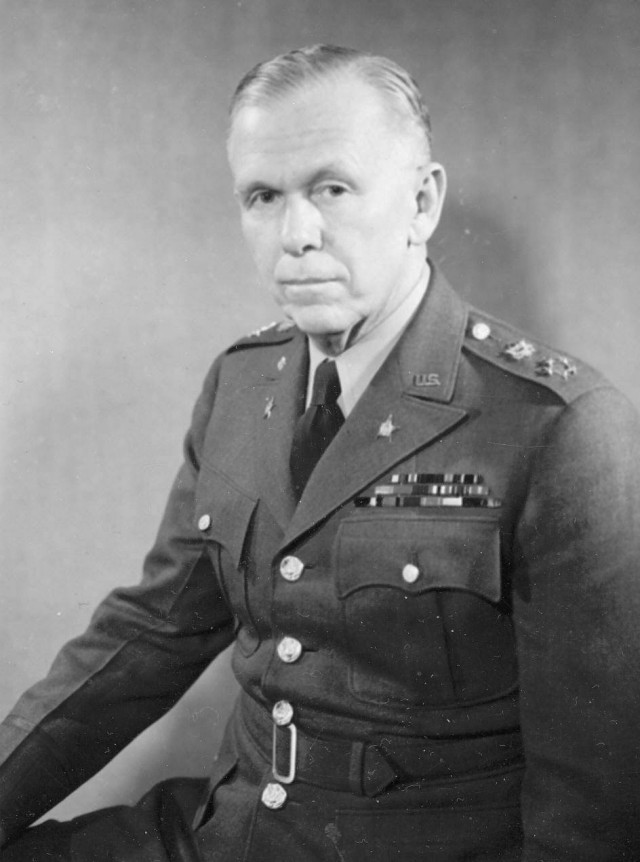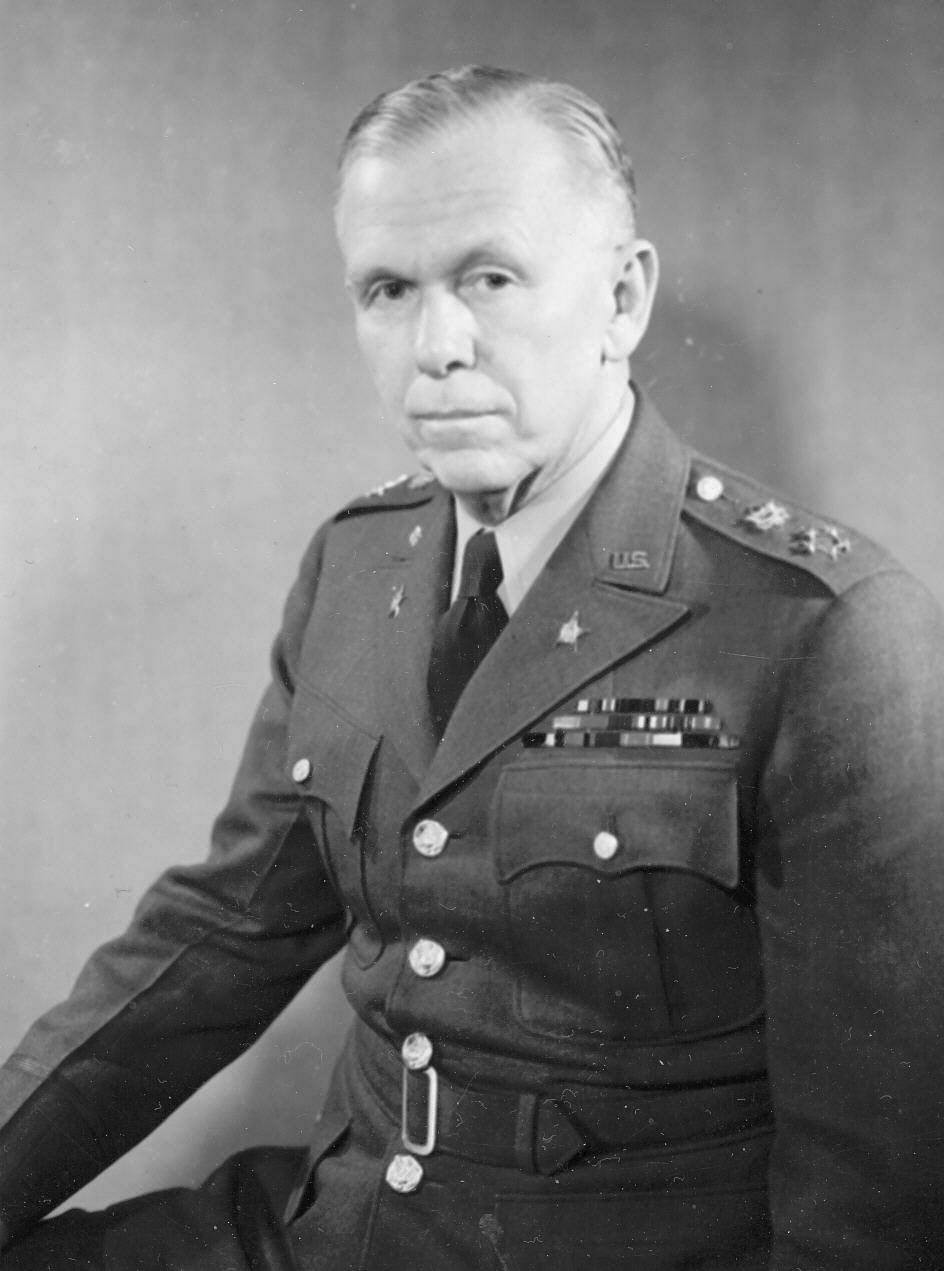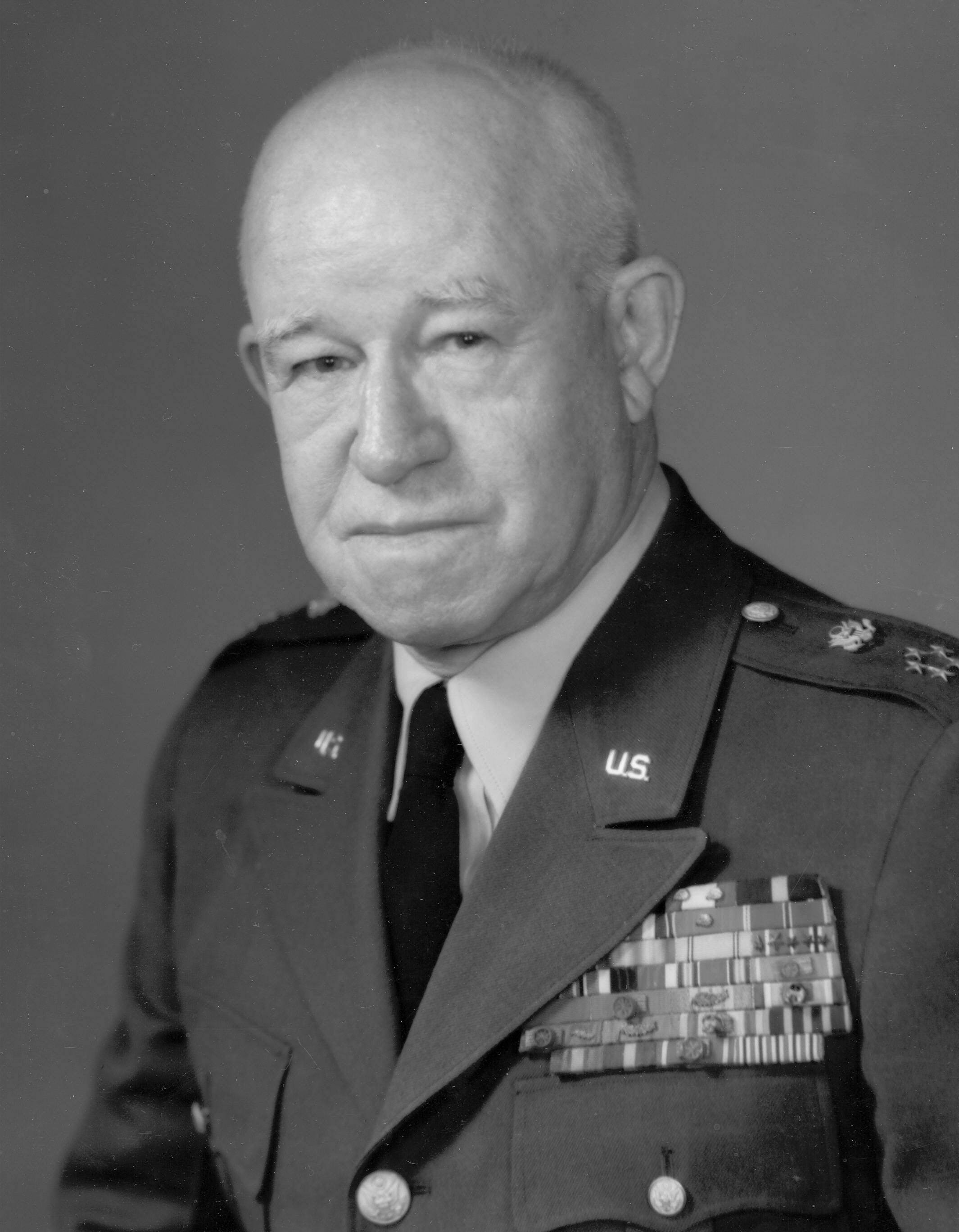The dark days of December loomed even darker in northern Europe in middle-month of 1944. Five months after successfully neutralizing the German stranglehold on much of Aca,!A"Festung Europa,Aca,!A? Allied Armies under General Dwight D. Eisenhower faced an enemy counterthrust through the Ardennes Forest of Belgium and northern France. While wrestling with this last-ditch attempt to stop the Allied advance on the German homeland, the General received word that that he had received yet another promotion.
Throughout his career, Dwight Eisenhower had always cautioned his family not to expect him to rise in rank. Indeed, the interwar Army had validated that caution. The advent of war, however, had elevated him from Lieutenant Colonel in 1941 to four-star General on February 11, 1943, a space of three years, three months and sixteen days. Commander Harry C. Butcher, his naval aide, recorded at the time, Aca,!A"He had been a major for sixteen years. He wonAca,!a,,ct put on the stars until the nomination is confirmed.Aca,!A?
Congress and the War Department had wanted to elevate selected General Officers for some time, partly out of desire to elevate officers for merit, and partly to keep pace with the British (and other Allied) command structure. At one point, Washington seriously considered the rank of Aca,!A"Marshal,Aca,!A? but determined that addressing the Army Chief of Staff as Aca,!A"Marshal MarshallAca,!A? would have been silly. Aca,!A"General of the Armies,Aca,!A? previously bestowed upon George Washington and John J. Pershing by Public Law 415, would lapse upon the latterAca,!a,,cs death in 1948. Through the autumn and winter of 1944, Congress worked with the Aca,!A"General of the ArmyAca,!A? rank.
The Senate passed a bill authorizing two appointments for the grade of fleet admiral, but when the bill reached the House floor, it was amended, providing for not only four fleet admirals but also four Generals of the Army (Act of 14 December 1944; Stat. 802). These were temporary appointments only and carried no pay increase other than an additional personal money allowance. President RooseveltAca,!a,,cs December 15, nominations to fill these appointments (Admirals Leahy, King and Nimitz, and Generals Arnold, MacArthur, Marshall and Eisenhower) were confirmed by the Senate the next day, providing each officer with a different date of rank reflective of their positions and relative seniority.
Eisenhower received notification of his rank promotion on December 16. Five days later he noted in a letter to his wife, Mamie, Aca,!A"IAca,!a,,cve been advanced in rank, with title Aca,!EoeGeneral of the Army.Aca,!a,,c HavenAca,!a,,ct yet received the regulations concerning insignia, etc. Five stars will be awkward unless I can get someone to embroider them on jackets.Aca,!A? Eventually, the circle of five stars came to symbolize this ultimate recognition of command status. The rank was legislated permanent on April 11, 1946.
ABOUT THIS STORY: Many of the sources presented in this article are among 400,000 books, 1.7 million photos and 12.5 million manuscripts available for study through the U.S. Army Military History Institute (MHI). The artifacts shown are among nearly 50,000 items of the Army Heritage Museum (AHM) collections. MHI and AHM are part of the: Army Heritage and Education Center, 950 Soldiers Drive, Carlisle, PA, 17013-5021
Related Links:
A Working Bibliography of MHI Sources: Four-Five Star Generals










Social Sharing